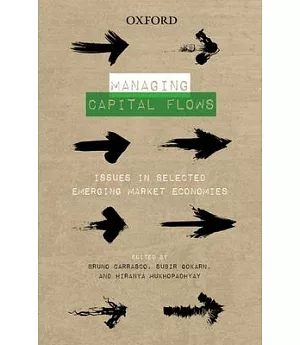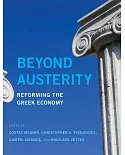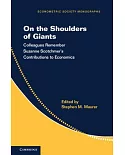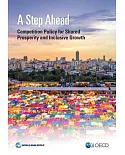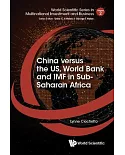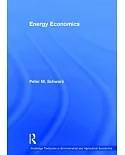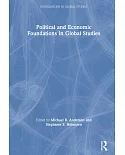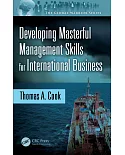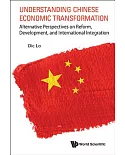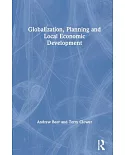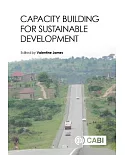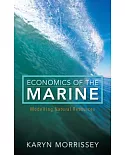Volatility in capital flows has increased significantly in recent years, particularly since the global financial crisis of 2008, making capital flow management one of the biggest challenges
facing emerging market economies. How successful were these countries in managing their capital flows in the face of volatile global capital flows during 2003-12? And how effective were
policymakers in stemming the fallout on the economies of these countries?
The essays by eminent contributors compare and contrast the theoretical paradigm and empirical evidence on merits of capital account liberalization and the role of capital account management.
With special focus on emerging market economies, the debates focus on ways to attract larger flows of capital to finance investment while safeguarding macro-management and averting sudden
stops, flight to quality, and the resultant destabilizing forces to the economy. Bringing together the perspectives of academics and researchers on the one hand, and central bankers on the
other, this volume offers a deeper understanding of capital account management which has remained one of the most debated topics among policymakers in the past decade.

